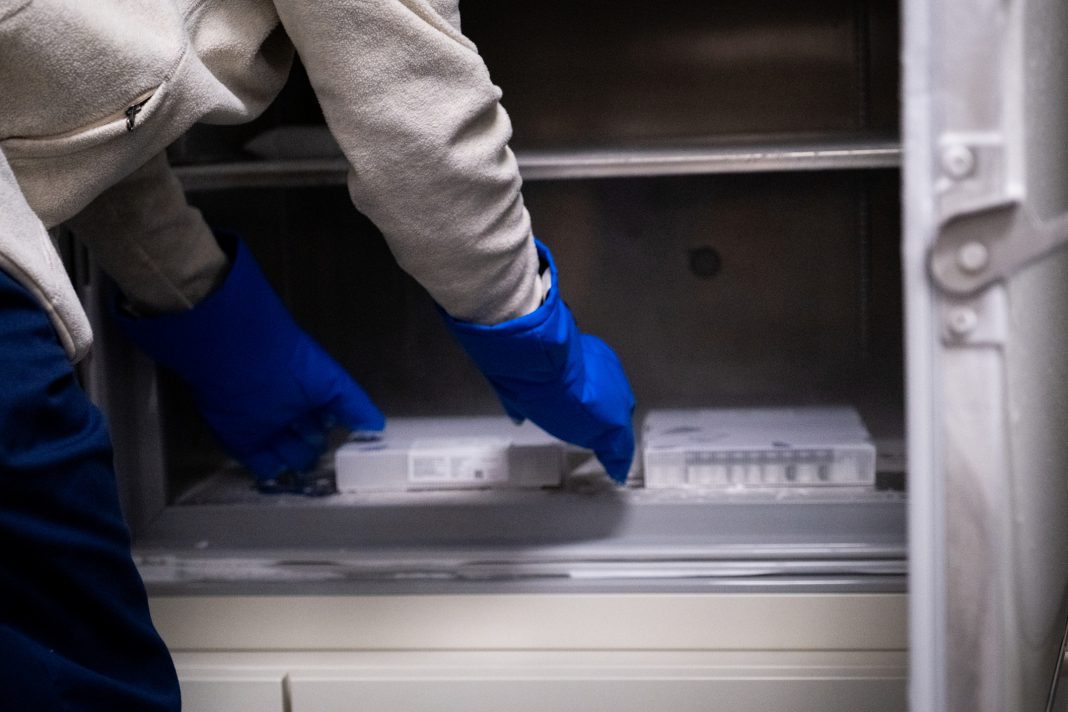Harrison Thomas, the Content Marketing Executive at CoolMed, discusses what the healthcare industry should consider when purchasing a medical fridge or freezer
It can be overwhelming to navigate the world of medical fridges. Some individuals may be tempted to opt for a cheap medical fridge from a retail store, but this decision would pose a significant risk to patients and result in greater expenses than investing in industry-specific refrigeration equipment. Temperature instability in a standard fridge can compromise the efficacy of medication and vaccines, rendering the inexpensive refrigerator a costly option when factoring in the value of potentially life-saving medicines being stored.
Medical fridges are designed with a temperature range of +2oC to +8oC (with +5 oC being the goal) specifically to store vaccines and medicines. Medical fridges are specifically developed with MHRA cold chain guidelines in mind to ensure the efficacy and stability of medicines.
Temperature Control & Automated Temperature Logging
To keep the temperature of the fridge within the recommended range some medical fridges, like these from CoolMed, come with an integrated thermometer that measures the temperature inside the fridge to ensure the cold chain is always maintained. The thermometers are hooked up to alarms that sound if the temperature inside the fridge moves outside the cold chain requirement of +2oC to +8oC.
These thermometers work by placing a probe inside a vial of glycerine which in turn is placed inside the medical fridge providing greater temperature accuracy. We offer a Wi-Fi data logger which can wirelessly stream data over any compatible Wi-Fi network and can be viewed online. You must monitor the refrigerator temperature at least once a day.
Be sure all aspects of this process are completed by following the “four Rs”
Read: Daily recordings of the thermometer’s maximum, minimum and current temperatures at the same time each day.
Record: Record the temperatures accurately that includes signing each entry on a recording sheet.
Reset: Reset the thermometer after all the readings have been recorded.
React: The person who has made the recordings must act if the falls outside +2oC to +8oC.
Most medical fridge manufacturers will offer the option of an extended warranty. Service plans are recommended as laboratory fridges are a substantial investment. You should keep yours in the best possible working order. This helps to ensure the laboratory fridge or freezer is functioning properly and prevents any outages or failures which maximises the lifespan of the unit.
Find the right medical fridge or freezer for you
Choosing the right medical fridge and freezer for your healthcare practice or laboratory is crucial to maintaining the efficacy of your stored products. When making your decision, consider your specific storage requirements, the size of the fridge, and whether you need additional features such as a data logger and Wi-Fi connectivity. Don’t forget to factor in the cost of maintenance and extended warranties, as these can ensure the longevity of your investment.
With the proper cleaning and maintenance schedules in place, your medical fridge or freezer can continue to provide reliable and accurate temperature control for years to come. Remember, investing in quality refrigeration equipment can ultimately save you money and protect the health of your patients.

This work is licensed under Creative Commons Attribution-NonCommercial-NoDerivatives 4.0 International.











